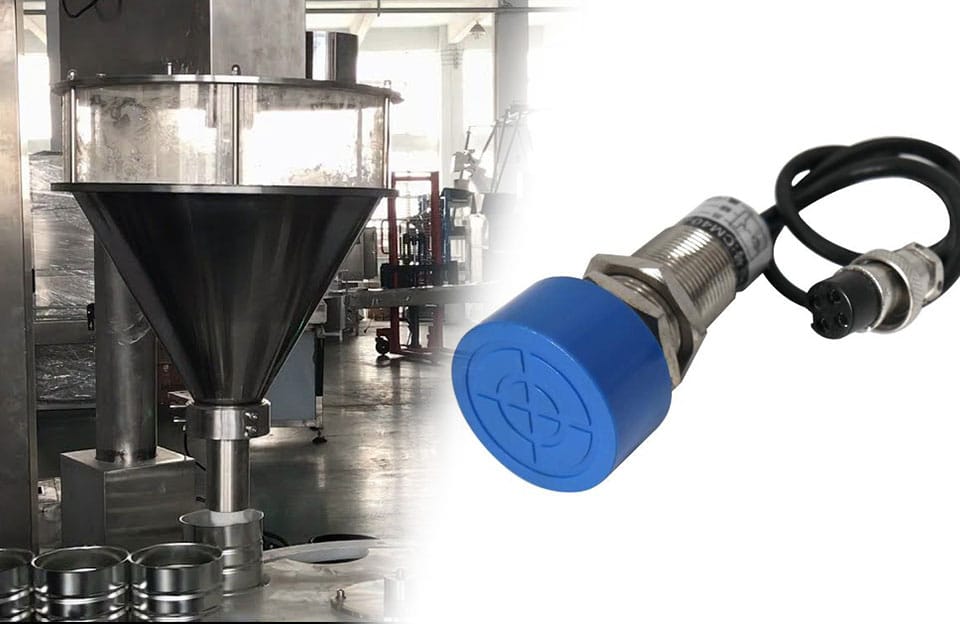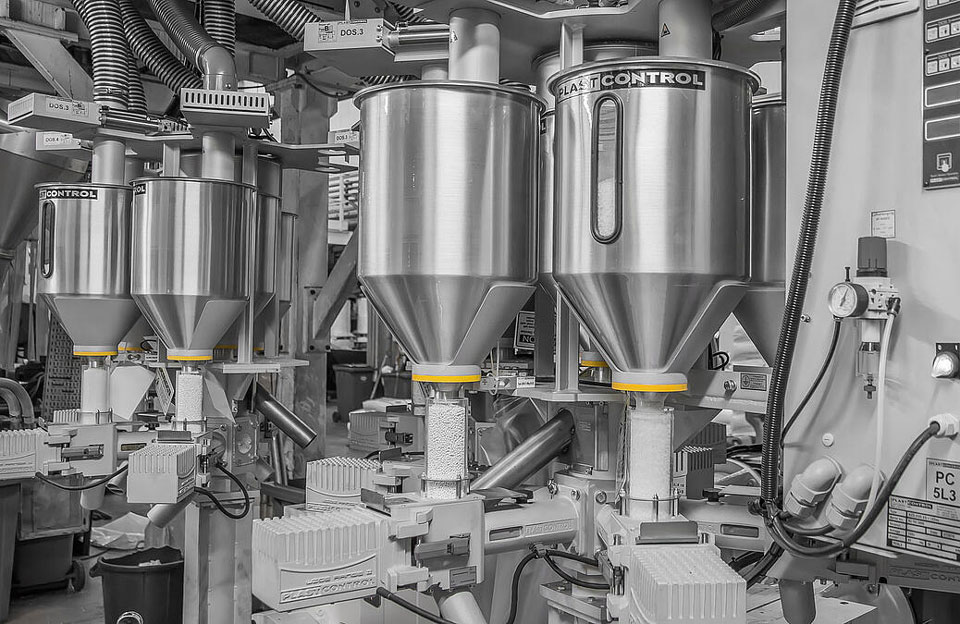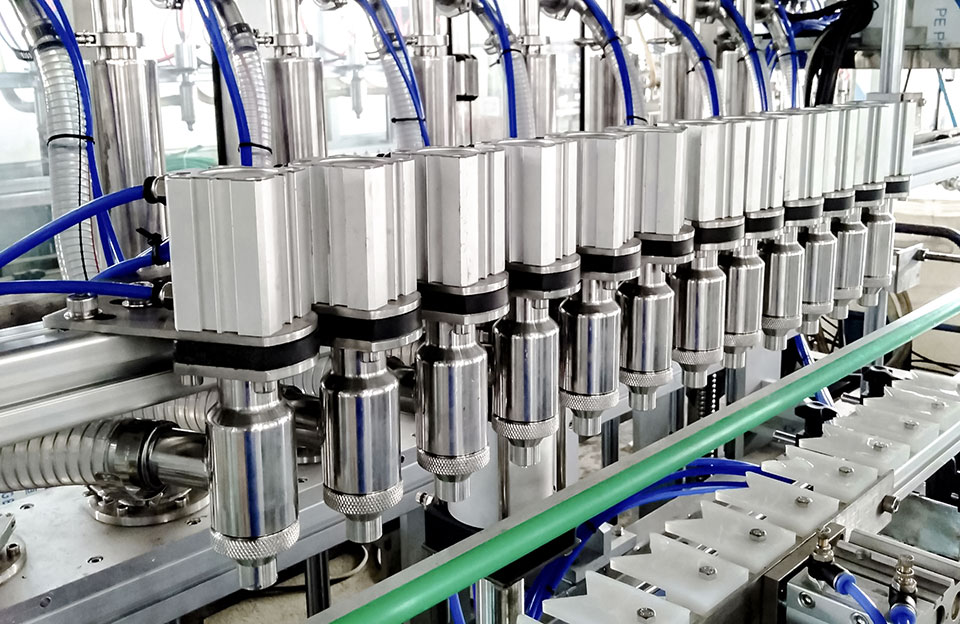The powder filling machine is a professional machine for filling, which includes several important components. The sensor in powder filling machine is crucial to its operation.
A sensor is a device or element that detects and measures physical phenomena or environmental variables and converts them into electrical signals or readable data. Sensors are used in various fields, including engineering, electronics, mechanics, chemistry, biology, etc. There are many types of sensors, including pressure, motion, light, etc., and different sensors have different functions.
Working Principle of Sensor
The working principle of a sensor depends on its type and the physical phenomenon it is designed to measure. However, most sensors follow the principle of converting a physical or environmental change into an electrical or measurable signal. Here is a general overview of the working principle of sensors:
- Sensing the Physical Change: Sensors are designed to detect and respond to specific physical changes or stimuli, such as temperature, pressure, light, or motion. They have a component or mechanism that changes in response to the detected phenomenon.
- Transduction: Once the physical change is sensed, the sensor employs a transduction mechanism to convert the detected change into an electrical signal. This conversion may involve various principles such as mechanical, optical, magnetic, or chemical effects.
- Signal Processing: The electrical signal produced by the sensor is often weak or needs to be processed further before it can be used. Signal processing techniques, such as amplification, filtering, or modulation, may be applied to enhance or extract relevant information from the signal.
- Output: The processed electrical signal is then provided as an output from the sensor, which can be voltage, current, frequency, or digital data. Depending on the application, this output can be used for further analysis, control, or display.
- Calibration and Accuracy: Sensors must be calibrated to ensure accurate measurements. Calibration involves comparing the sensor’s output to a known reference or standard, adjusting discrepancies, and establishing a calibration curve or equation for accurate measurements over the sensor’s operating range.
It’s important to note that the working principles can vary significantly depending on the specific type of sensor. For example, an accelerometer may use microelectromechanical systems (MEMS) to measure changes in capacitance due to acceleration. In contrast, a temperature sensor may use a thermocouple or a resistance-temperature detector (RTD) to measure changes in electrical resistance with temperature.
The Function of Sensor in Powder Filling Machine
Sensor in powder filling machine is crucial in ensuring accurate and efficient filling of powdered substances into containers. Here are some functions of sensor in powder filling machine:
- Level Sensing: Sensor in powder filling machine is often used to detect the powder level in the hopper or supply container. This information helps maintain a consistent and appropriate powder supply during filling. When the level drops below a certain threshold, the sensor signals the machine to initiate the powder feeding mechanism, ensuring a continuous and uninterrupted filling process.
- Weight Measurement: Some powder filling machines incorporate load cells or weight sensors to measure the weight of the filled containers. The sensor in powder filling machine helps achieve the desired fill weight accuracy by continuously monitoring the weight. Once the desired weight is reached, the sensor sends a signal to stop filling, ensuring that each container is filled precisely.
- Presence Detection: Sensor in powder filling machine can detect the presence or absence of containers on the filling line. This is important for the automation of the machine. When a container is detected, the sensor triggers the filling mechanism, ensuring that powder is dispensed only when a container is positioned correctly.
- Clogging or Blockage Detection: Powder materials can sometimes cause clogging or blockages in the filling machine. Sensor in powder filling machine can be installed to monitor powder flow through the dispensing mechanism to prevent such issues. If a blockage or clogging is detected, the sensor can alert the operator or trigger automated actions to clear the blockage, ensuring a smooth and continuous filling process.
- Feedback and Control: Sensor in powder filling machine can provide feedback to the control system, allowing it to adjust parameters such as filling speed, duration, or powder flow rate. By continuously monitoring the process, the sensor in powder filling machine help maintain consistent filling accuracy and prevent overfilling or underfilling of containers.
Conclusion
Sensors in powder filling machines enable precise control, monitoring, and automation of the filling process. High-quality sensors ensure accurate powder measurement, prevent problems such as clogging, and help improve the overall efficiency and reliability of the machine.


